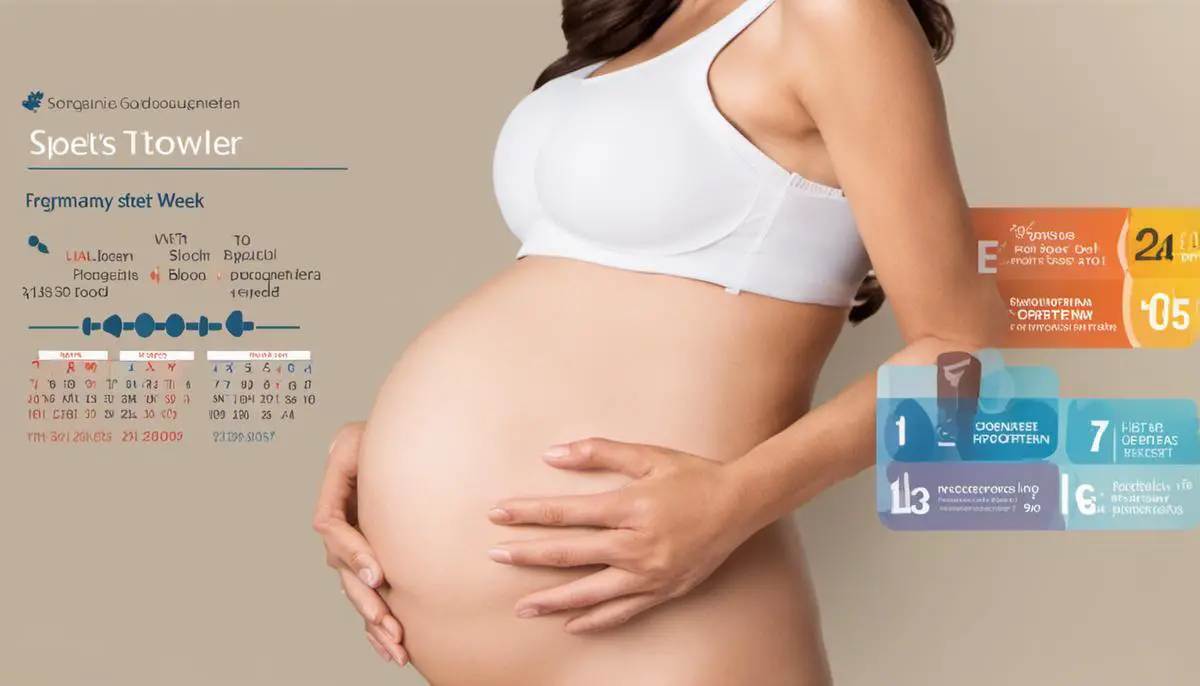The experience of pregnancy often brings a mix of excitement, anticipation, joy, and not uncommonly, a bit of anxiety. One source of potential concern could be birth defects, which, thankfully, can now be checked for ahead of time, thanks to advancements in medical technology such as prenatal screening tests. One such screening test is the ‘triple screen’, which assesses the likelihood of specific birth defects in the developing baby. Although it’s not a diagnostic tool, the triple screen provides useful insights regarding certain potential health conditions such as Down Syndrome, Edwards Syndrome, and neural tube defects. This awareness is invaluable in allowing both expecting parents and healthcare providers to act proactively in the best interest of the baby’s health.
What is Triple Screening?
What is Triple Screening?
Triple screening refers to a group of three prenatal tests performed to assess the risk of a fetus having specific birth defects. This non-invasive procedure falls under routine pregnancy management and is typically conducted between the 15th and 20th weeks of pregnancy, often with the woman’s first ultrasound.
Purpose of Triple Screening in Pregnancy
The primary goal of triple screening is to identify potential health risks to the baby as early as possible. This allows parents and doctors to plan for any necessary treatment or support, as well as prepare emotionally and financially. Defects that triple screening can help detect include Down Syndrome, Edwards Syndrome, and neural tube defects, among others.
Down Syndrome is a congenital disorder resulting from a chromosomal defect (an extra chromosome 21) that leads to physical growth delays and intellectual disability. Edwards Syndrome, also known as Trisomy 18, results from an extra chromosome 18, leading to severe developmental delays. Neural tube defects, such as spina bifida and anencephaly, are severe birth defects of the brain and spine.
Process and Results
During the triple screen test, a small blood sample is taken from the mother and analyzed for levels of Alpha-fetoprotein (AFP), Human Chorionic Gonadotropin (HCG), and Estriol. These substances are normally found in both the mother and baby during pregnancy. Abnormally high or low levels of these markers may indicate a potential risk for certain birth defects.
It’s important to note that the triple screen test is a screening tool and not a diagnostic test. A positive result does not confirm a birth defect but indicates a higher than average risk. If the triple screen results indicate a potential concern, further diagnostic tests such as amniocentesis or chorionic villus sampling may be needed to confirm the presence of a birth defect.
Understanding the Results
Reading the results of a triple screen test requires an understanding of the term ‘positive screen’. A ‘positive’ result does not mean the baby has a birth defect; rather, it suggests that the risk is higher in comparison to the general population. The vast majority of women who have a ‘positive’ screening result deliver healthy babies. However, if the triple screening results are positive, detailed ultrasound and additional testing are often recommended.
While triple screening is commonly incorporated into prenatal healthcare, it remains a voluntary option for expectant parents.
Undergoing this type of screening is a matter to be discussed between future parents and their healthcare provider, considering the numerous benefits and potential limitations it holds. The paramount perk of triple screening is the reassurance it offers to parents-to-be, by supplying vital information regarding the health status of the unborn baby. This knowledge carries extensive importance, especially for those who fall into the higher risk category, such as mothers of advanced age or individuals with a history of birth defects in the family.
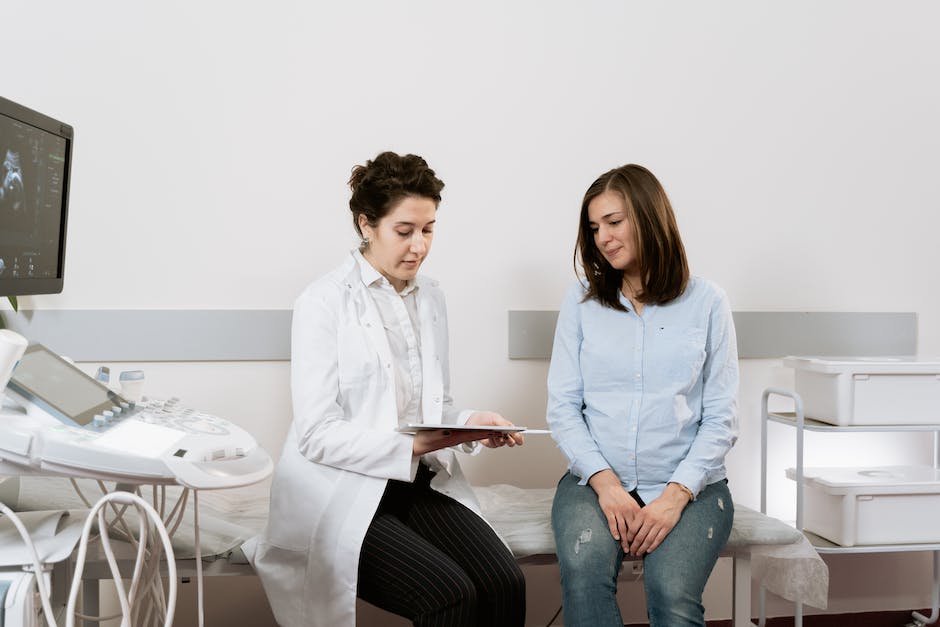
Components of the Triple Screen Test
What Does the Triple Screen Test Involve?
The Triple Screen Test, alternatively termed as the Triple Marker or Multiple Marker Screening, is implemented during the second trimester of pregnancy – particularly between the 15th and 20th weeks. This blood test is intended to assess the quantities of three specific substances in a pregnant woman’s blood, namely: human chorionic gonadotropin (hCG), unconjugated estriol (uE3), and alpha-fetoprotein (AFP).
Human Chorionic Gonadotropin, or hCG, is a hormone generated in the placenta. Elevated levels of hCG may be indicative of a molar pregnancy or Down Syndrome. Conversely, low hCG levels may suggest the possibility of a miscarriage or ectopic pregnancy.
Unconjugated Estriol, or uE3, is a hormone produced by both the baby’s liver and the placenta. Lower levels of uE3 could signal the risk of Down syndrome or other chromosomal abnormalities, including Edward’s Syndrome.
Alpha-Fetoprotein, or AFP, is a protein that the growing baby produces. Should AFP levels deviate from the normal range – lower levels possibly pointing towards Down Syndrome and higher levels towards neural tube defects such as spina bifida or anencephaly – further investigation may be necessary.
Understanding the Triple Screen Test
The Triple Screen Test is administered with the primary function of estimating the mother’s and baby’s risk for certain birth defects and genetic disorders. While not providing certainty, the test can suggest plausible risk levels. When high-risk results are returned, additional diagnostic testing may be recommended to validate any suspected abnormalities.
Moreover, this assessment has the secondary benefit of highlighting potential complications associated with the pregnancy such as gestating multiples or a recalculated due date, which can surface if excessive levels of hCG or AFP are found.
Interpreting the results of a Triple Screen Test necessitates considering an individual’s detailed medical history and personal risk factors. A low-risk outcome does not guarantee the baby will be free of birth defects, while a high-risk outcome does not definitively diagnose the presence of a defect.
The decision to take the Triple Screen Test is voluntary, reliant on a range of contributing influences including the pregnant individual’s age, familial medical history, and personal preference. The test’s ultimate aim is to equip expectant individuals and their healthcare providers with relevant information, promoting the best possible pregnancy outcomes.
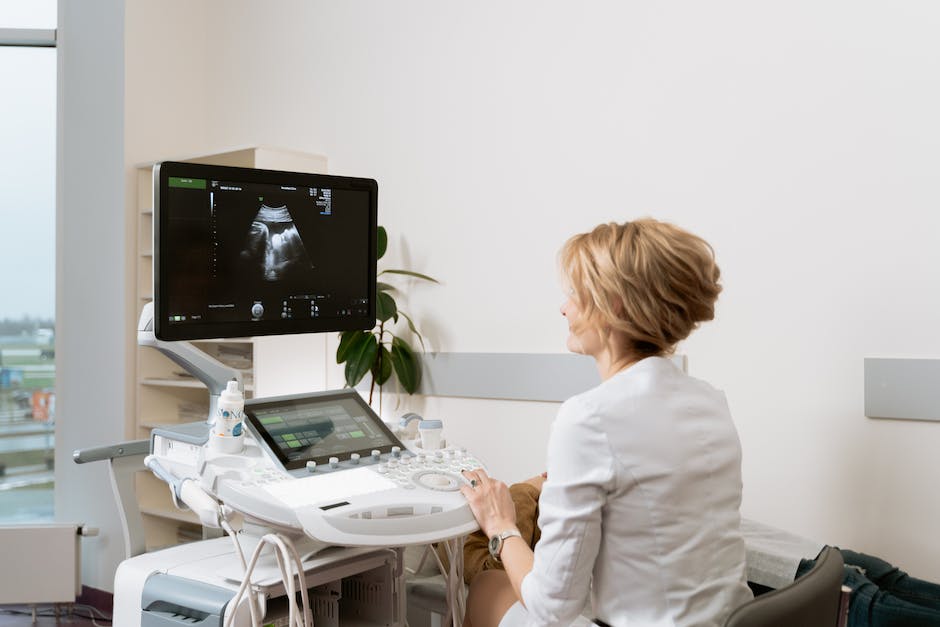
When and How is the Screening Performed
Timing and Procedure of the Triple Screen Test
The administration of the Triple Screen Test is ideally scheduled between the 15th and 20th gestation weeks; this window allows for the most precise detection of certain genetic conditions. The test involves taking a blood sample from the pregnant person, which is then transferred to a laboratory for analysis.
In this setting, technicians search for three specific substances in the blood: Alpha-fetoprotein (AFP), Human chorionic gonadotropin (HCG), and Estriol. Abnormally high or low levels of these markers can signal an increased risk of particular birth defects, such as neural tube defects, or chromosomal abnormalities like Down Syndrome and Edwards Syndrome.
The analysis is usually conducted within one week of obtaining the blood sample, though this may depend on individual lab procedures. Once the results are ready, they are passed on to the healthcare provider who will discuss the findings with the pregnant person in detail.
Understanding the Purpose of Triple Screening in Pregnancy
The triple screen test primarily serves to evaluate the fetus’s risk of certain birth defects. A positive result does not automatically mean the unborn child has a defect, but rather indicates the need for further diagnostic tests. This early detection method allows healthcare professionals and parents-to-be to make well-informed choices about follow-up testing, necessary immediate medical interventions, and overall pregnancy management.
However, it’s crucial to note that the triple screen does not guarantee 100% accuracy. The test may yield false positives, suggesting a problem where none exists, and false negatives, missing potential issues. As such, the test outcomes should be interpreted as a guide, a tool to aid healthcare decisions, rather than a final diagnosis.
The knowledge acquired through triple screening provides the opportunity for early intervention where viable, preparing for a child with potential needs, or navigating complicated decisions like whether or not to continue the pregnancy. Regular prenatal appointments and conversations with healthcare providers facilitate a thorough understanding of these results in relation to the larger health and pregnancy picture.
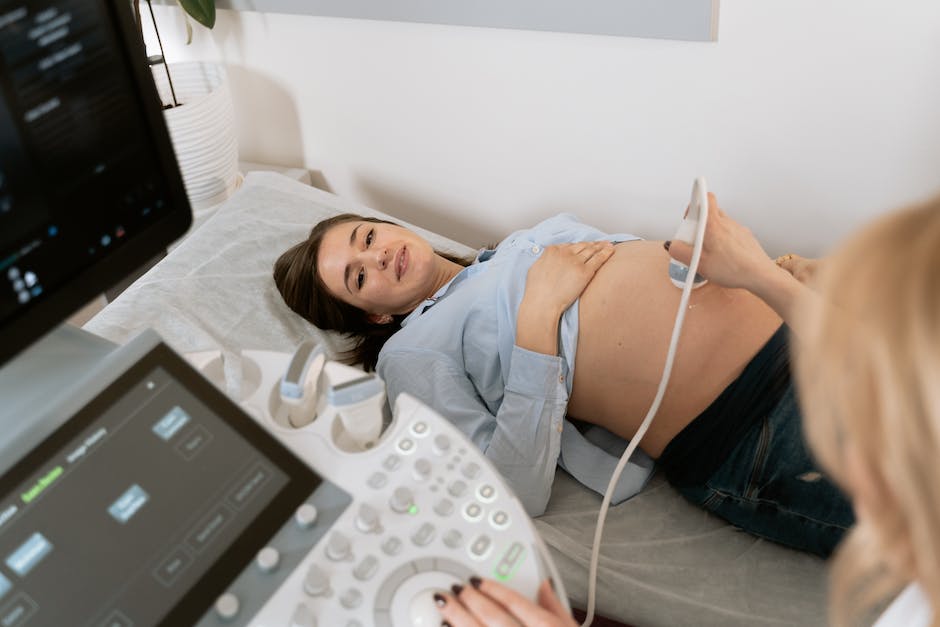
Interpreting the Results
Navigating the Results of Triple Screening in Pregnancy
The triple screen test, also referred to as the maternal serum screening or the multiple marker screening, is a blood test administered during pregnancy. It gauges levels of three specific substances in the blood of a pregnant woman: Alpha-fetoprotein (AFP), Human chorionic gonadotropin (HCG), and Estriol. The outcome of this test is integral to determining the likelihood of the fetus having certain chromosomal abnormalities or neural tube defects, hence aiding in understanding and managing the pregnancy course effectively.
Understanding the results of this test
Understanding the results of this test can be complex for many, as they are generally presented as a measure of ‘increased risk’ or ‘lowered risk’ rather than a black and white ‘positive’ or ‘negative’. For illustration, you might receive results that present a 1 in 200 risk for Down Syndrome – this doesn’t mean the baby has the condition, but rather, out of 200 pregnancies with the same results, one might be expected to have Down Syndrome.
Triple screen as a screening tool
It’s crucial to grasp that the triple screen is a screening tool, not a diagnostic test. It identifies potential risk, rather than definitively diagnosing a condition. If a screening test result indicates an increased risk, additional diagnostic testing such as amniocentesis, chorionic villus sampling (CVS), or a detailed ultrasound could be recommended to confirm or rule out the presence of any conditions.
Understanding increased risk
Consider a scenario in which the test indicates an ‘increased risk’. The chances are often extremely small. Even if a test suggests a 1 in 100 chance of a certain defect – that’s still just a 1% chance, with a 99% likelihood the baby does not have the particular abnormality. Therefore, it’s important not to panic or worry excessively over these results, but instead, view them as a precautionary measure taken in the best interest of the health of the baby.
Understanding lowered risk
If the triple screening indicates a ‘lowered risk’, this denotes that the risk of the baby having certain chromosomal abnormalities or defects is low based on the test results. However, a lowered risk doesn’t assure with absolute certainty that the baby won’t have these complications, but it’s a reassuring sign that chances are significantly reduced.
Consulting with healthcare provider
After receiving the triple screen test results, it’s crucial to next consult with your healthcare provider. They can put the risk numbers into perspective, provide further advice, and discuss possible next steps. This might include additional tests, further consultations, or simply continued routine prenatal care.
Realizing What the Triple Screen Strategy Represents
Parents-to-be often experience concern when considering the array of prenatal screening tests available, specifically the triple screening during pregnancy. To alleviate some of those fears, it’s important to understand that this test is not definitive, but is merely a tool used early in pregnancy to gauge the health of mother and baby. High risk indications from this test do not automatically confirm that a baby will be born with a defect.
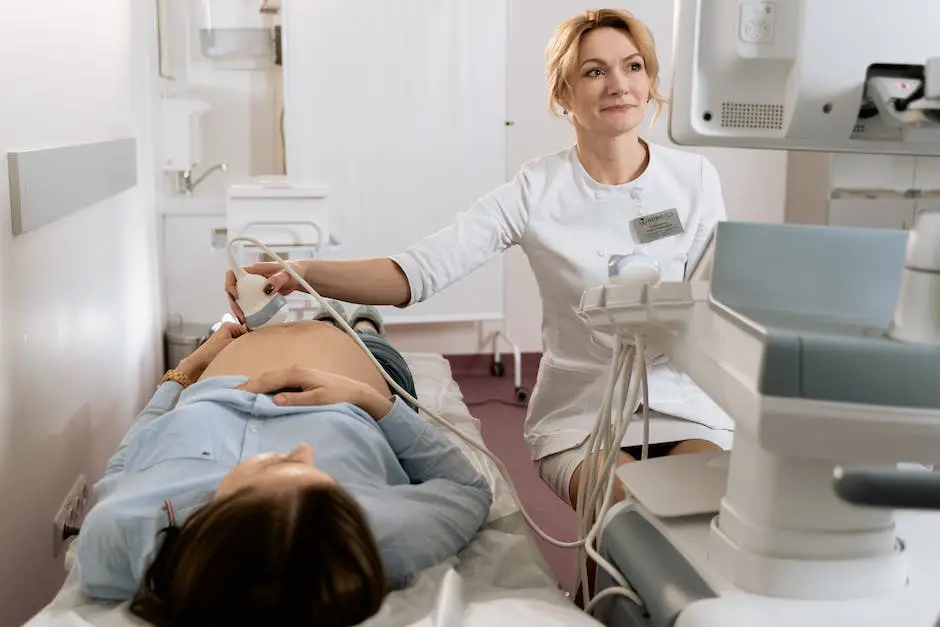
Potential Risks and Benefits of Triple Screening
Diving Deeper into the Triple Screening Test
Performed during pregnancy typically in the second trimester, between the 15th and 20th weeks, the triple screen test also goes by the name multiple marker screening or AFP Plus. This examination uses maternal blood samples to calculate potential risks of the baby having certain chromosomal disorders and physical defects. These conditions can include Down syndrome, Trisomy 18, or neural tube defects such as spina bifida.
Components of Triple Screening
The “triple” in triple screen refers to the three different substances tested in the maternal blood sample: Alpha-fetoprotein (AFP), Human chorionic gonadotropin (hCG), and Estriol. AFP is a protein produced by the fetal liver, while hCG and Estriol are hormones produced by the placenta. Together, these substances provide indicators of fetal health and development.
The Purpose of Triple Screening
The main purpose of triple screening is early detection of potential abnormalities, providing crucial information that can guide further diagnostic testing and early intervention strategies, if necessary. For example, if a triple screen test shows a higher risk of Down syndrome, doctors may recommend follow-up diagnostics such as amniocentesis or chorionic villus sampling. These tests can help confirm a diagnosis and allow parents and healthcare providers to make informed decisions about medical treatments or even pregnancy termination.
Benefits of Triple Screening
One of the primary benefits of triple screening is peace of mind. Having a sense of the health status of the developing baby can alleviate parents’ anxieties and better prepare them for what to expect. Confirmation of a healthy pregnancy can allow parents to enjoy the remainder of the gestation period with reduced anxiety.
Moreover, early detection of potential health issues may pave the way for early interventions that could improve health outcomes for the baby. In some cases, doctors can perform corrective surgery on the fetus inside the uterus or prepare for immediate intervention after birth.
Potential Risks and Drawbacks
However, triple screening carries potential risks and downsides as well. Perhaps the most notable concern is the possibility of false positives, which can occur when the test indicates a problem that does not actually exist. Given the test’s nature as a screening rather than definitive diagnostic tool, it can flag conditions that are not present, resulting in unnecessary stress and anxiety for the parents.
It’s essential to underscore that the decision to undertake triple screening is entirely a personal one based on individual circumstances. Parents-to-be should discuss any concerns with their healthcare provider to make an informed choice.
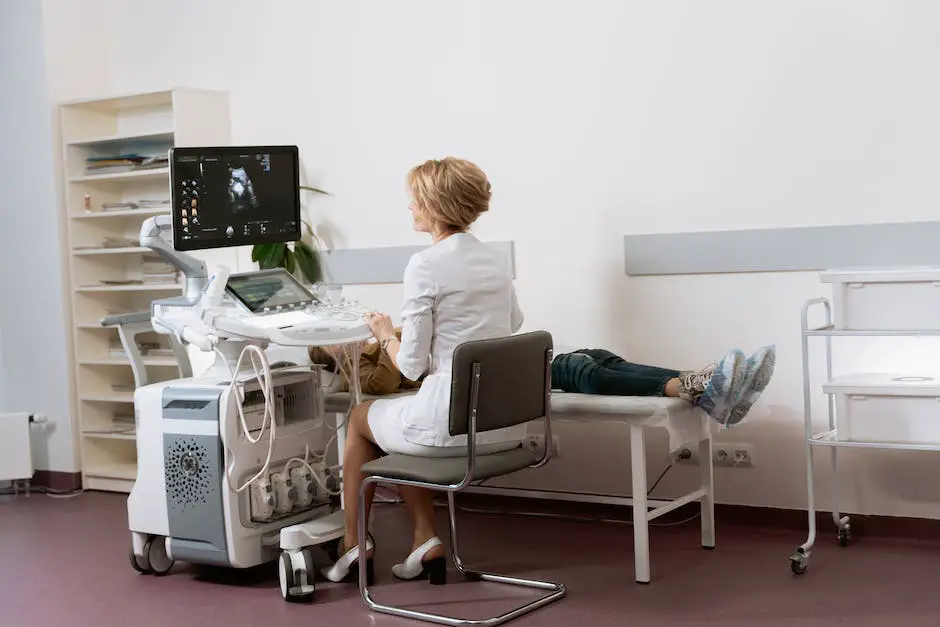
As we navigate the sometimes complex world of prenatal care, tests like the triple screen serve as valuable tools to provide expectant parents with beneficial information about their unborn child’s health. However, it is essential to understand that these tests merely present the risk factors, and are not definitive diagnostic tools. The potential for false positives indeed exists, which can cause undue stress. Conversely, these tests can also provide peace of mind through early detection, facilitating timely intervention for any detected health issues. Every woman, family and situation is unique, and as such, the decision to have the test is a highly personal one. Would-be parents should discuss with their healthcare provider regarding the pros and cons of the triple screen, fully knowing that whatever choice is made, it is ultimately a step towards the shared goal of ensuring the best for the baby’s health and well-being.
